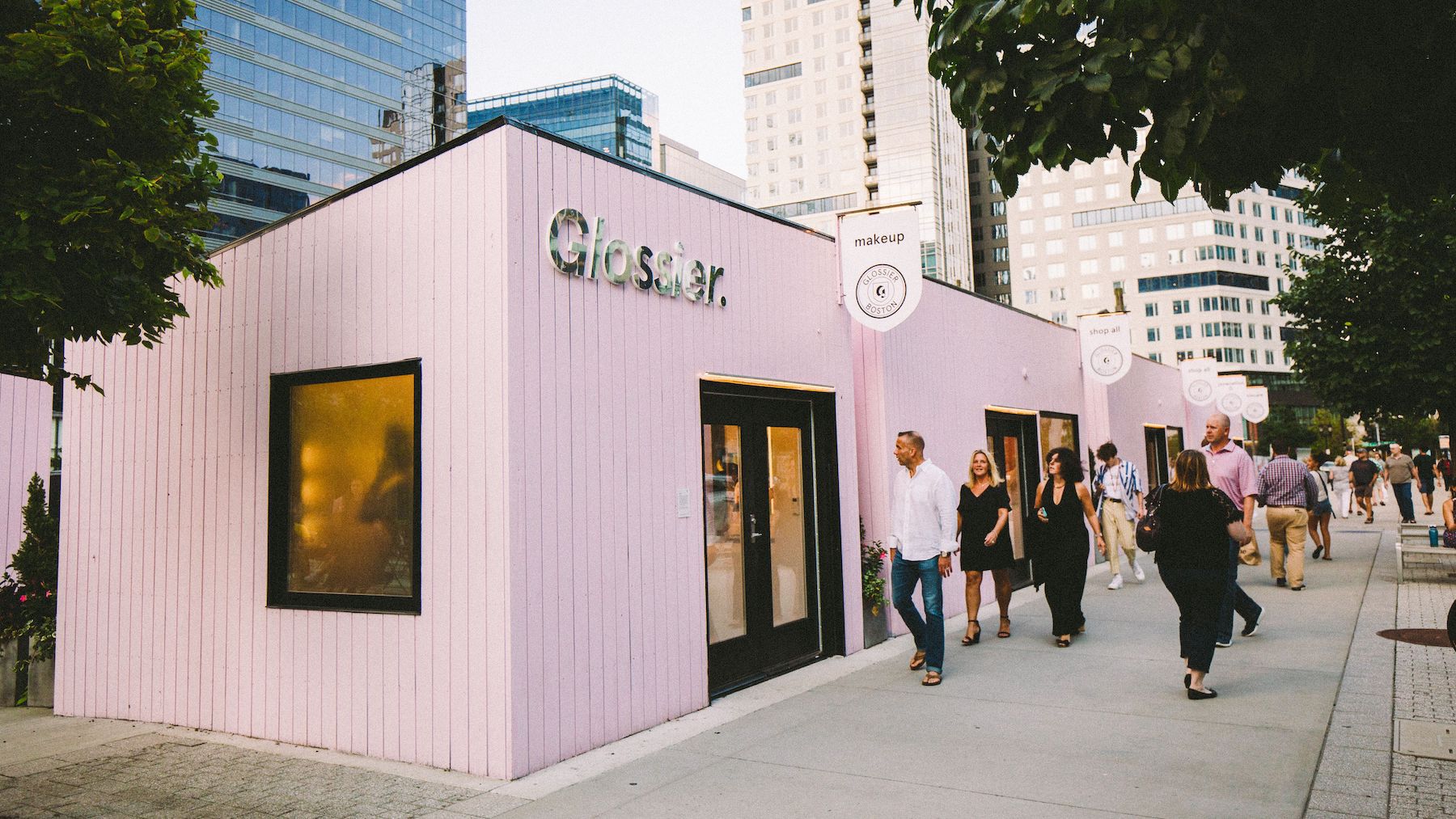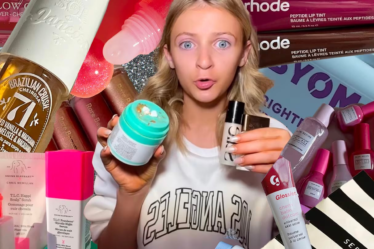
“OPEN A STORE IN AZ. NOW. OR WE FIGHT,” 17-year-old Ella Miller, based in Phoenix, commented below one of Glossier’s Instagram posts from last week. “I’m going to be 40 by the time they decide to open here,” read another comment from Chicago native Christine Domino, 32, punctuated with the face with rolling eyes emoji.
Fortunately, Miller won’t have to fight anyone and Domino won’t have to wait until 2030 to buy the brand’s Millennial pink-packaged skin care, makeup and body care products in real life.
Starting early next year, the brand will be stocked at certain Sephora stores in the US and Canada, as well as on Sephora.com. It’s Glossier’s first retail partnership since founder Emily Weiss launched her line in 2014, and dramatically expands distribution from the company’s own stores and website. The brand declined to say how many Sephora stores would carry Glossier products.
Glossier is hardly the first direct-to-consumer brand to ink a deal with a big retailer. But this particular partnership is something of a watershed moment for the beauty industry. The label burst onto the market as an early adopter of the sans-serif, pastel school of branding, where companies defined themselves as digital first, and wholesale retailers were, if not the enemy, a ripe target for disruption. Glossier was to the beauty industry what Warby Parker was to eyewear: it taught consumers they could shop for moisturisers and cleansers online.
When it did venture into the physical world, it was with a handful of stores and pop-ups where customers happily lined up for a chance to see Cloud Paint blush and Generation G lipstick in person.
By entering Sephora, Glossier is sending the message that the world it built no longer exists.
Now that every brand and retailer has a website, products that are only available online aren’t seen as disruptive; they’re seen as inconvenient. Today, customers expect the product to be wherever they are shopping, whether it’s on their iPhone, at Target or at Sephora. Direct-to-consumer is one distribution model among many, not an identity.
Glossier was late to that realisation, and suffered for it. In January, the company laid off one-third of its corporate employees following double-digit sales declines in 2020 and 2021. In April, it signed Olivia Rodrigo as its first brand ambassador. In May, Weiss stepped down as chief executive, transitioning into an executive chairwoman role.
The Sephora deal is one of the first big moves by her replacement, former Nike, Cole Haan and American Express executive Kyle Leahy. By appearing on store shelves throughout North America, Glossier is aiming for a scale it struggled to reach on its own (the company reportedly topped $100 million in annual sales in 2018, but was unable to grow much beyond that with its handful of stores; one attempt to do so, with a new line called Play in 2019, met with a poor reception from consumers).
With the vast majority of shoppers still buying beauty in person, Sephora offers a way for people to touch and test Glossier products. A quick scan of social media will tell you that there are plenty of fanatics begging for a way to shop Glossier offline in their cities. Sephora, with its reputation for carrying elite, high-end products, is where many of the brand’s current consumers would expect to find it in real life.
“They are an iconic, international retailer with an extremely loyal community and we know our customers want to find us there,” Leahy said in a statement.
Still, choosing the LVMH-owned retailer comes with its own risks. Glossier needs to connect with younger customers to grow; many in that cohort are priced out of Sephora’s predominately prestige and luxury offerings.
For Sephora, Glossier is a shiny new brand to entice younger customers into its store. The retailer hasn’t said how it will market Glossier, but it’s not hard to imagine shop-in-shop versions of Glossier’s experiential stores that once had customers lining up around the block to get in.
Glossier also offers something new for Sephora, which has been steadfast in its commitment to celebrity and influencer brands, despite signs of growing consumer fatigue. Since last year, the retailer has introduced Scarlett Johansson’s The Outset, Rosie Huntington-Whiteley’s Rose Inc, GXVE by Gwen Stefani, Addison Rae’s Item Beauty, Hyram Yarbro’s Selfless by Hyram and JLo Beauty.
Glossier’s launch is likely to outstrip all of those; it recalls earlier blockbuster Sephora exclusives, including Rare Beauty in 2020 and Rihanna’s Fenty Beauty in 2017, created in partnership with LVMH’s Kendo division. It was reported that Fenty generated nearly €500 million in sales in its first full year in business.
Glossier’s status as the Millennial branding golden child may have diminished. But if Sephora is the only place to buy Boy Bow or Milky Jelly Cleanser in Arkansas, Utah, Ontario and beyond, the customers will follow.



